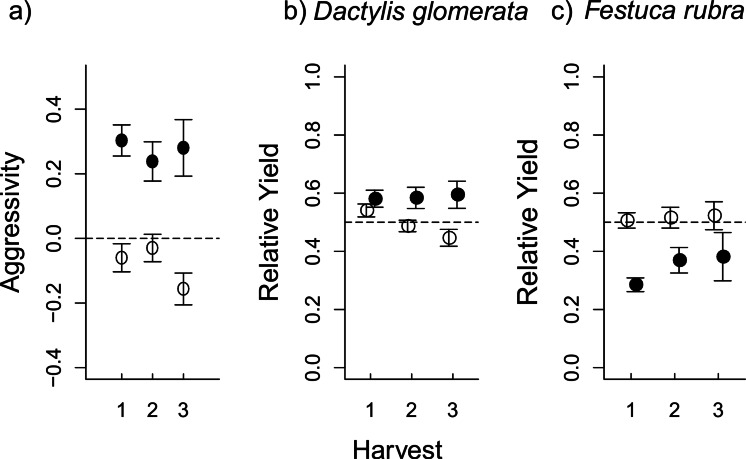Figure 2. The effect of aboveground (AG) herbivory on competition was still seen after removal of AG herbivores at the first harvest.
In (A), aggressivity under aboveground herbivory (filled circles) is higher than in herbivore-free controls (open circles) at all three harvests, i.e., D. glomerata is favoured by aboveground herbivory even after herbivores are removed. This effect is a result of RY values for D. glomerata (B) remaining steadily higher under herbivory compared to control pots, where RY actually decreases at each consecutive harvest. Conversely, in F. rubra (C), RY values in herbivory pots were low at the first harvest, before increasing at subsequent harvests following herbivore removal; while RY in control pots stays steady around the 0.5 line (i.e., “no competitive effect”). The plots show mean values ± s.e.

